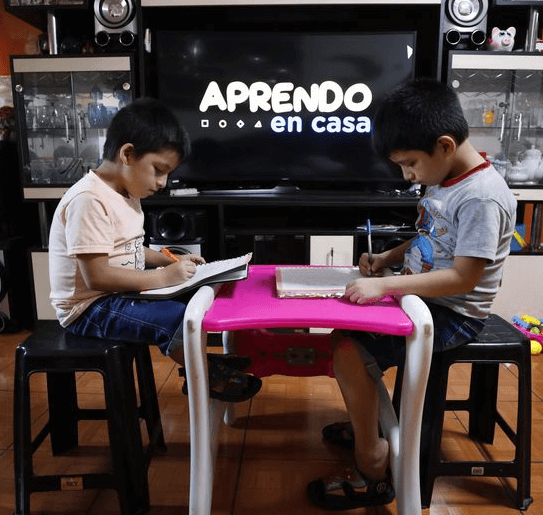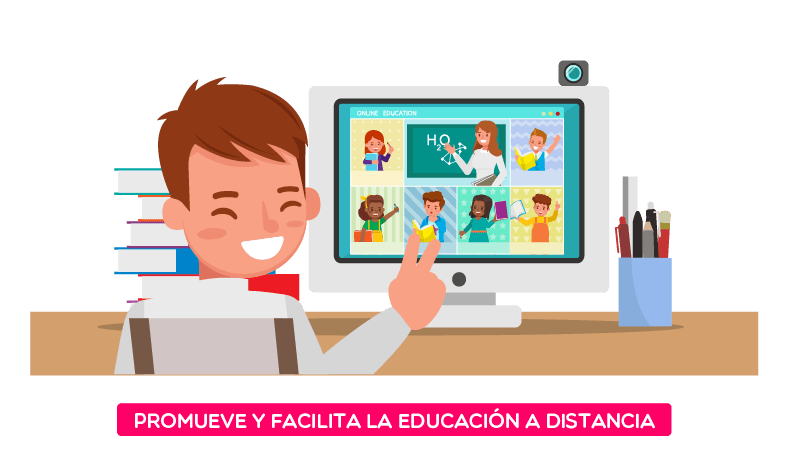In recent years it has been very common to find strange diseases that spread relatively easily, among the most relevant are SARS-CoV in 2002, pandemic influenza A H1 N1, Ebola and Zika virus in 2014 and the most recent of all: COVID 19, also known as SARS-CoV-2, the same that has led the world to pose new challenges, and that is where old and new technologies have become very important, giving cross-cutting support to people, industries and governments.
In this reality, from which no company is spared, a few companies have a robust computer system, with easily accessible virtual services; others, with well-established teleworking programs, both legal and human; a few others, afraid to take the first steps in the benefit of remote work for their employees; many others, without a private virtual network that allows access from outside the company, in the end all have had to make improvements and strengthen themselves.
Banks, software companies, customer service, home offices, among many others, were improving their servers, bandwidth, remote access permissions, private networks, etc.; all this, to provide a better service and serve as support in this extensive quarantine, which today exceeds 60 days. It was thought that all sectors were prepared to respond to the challenges posed by the pandemic; but this is not so, because despite the efforts, it has become evident that there is a sector so unprotected and in need in the country, that it has been impossible to mitigate the negative impact suffered, this is the educational sector.
The daily dynamics of reality after COVID-19 changed drastically. Preschools, schools and colleges were sent on early vacation, so there was time for the Ministry of Education to devise strategies to alleviate the problem. They came to the conclusion that children and adolescents would not return to school until May 31 of this year and the question arose: How are the teachers going to reach the students with the classes? Easy, many thought: the solution is virtual classes! How far from reality this is.
In 2005 and 2006 I had the opportunity to visit a large part of the northern territory of Colombia: Sucre, Córdoba, Atlántico and Bolívar traveling with the Computadores Para Educar program and the Universidad Industrial de Santander, in its second phase we visited schools and sought that teachers in these regions learn to use computers in their educational work, regardless of the subject they teach. At that time, it was evident to find many educational institutions without computer teachers, computer rooms with 20 computers for 40 or more students per class, no internet, very limited machines in their technology, and in many towns, a deficient energy system, where the valuable resource could only be used for three hours a day.

It has been 15 years since then, and it is sad to see that things have not changed, Information Technologies are conspicuous by their absence as there are no virtual learning environments (VLE) with the topics that are taught in the classroom, because it is not the same to use Google Classroom, Zoom, Meet or Skype for videoconferencing in order to mount digital material (workshops, slides, videos, links) to develop at home, than to have a platform that allows to upload multimedia material (audio and / or video); Zoom, Meet or Skype for videoconferencing in order to assemble digital material (workshops, slides, videos, links) to develop at home, than to have a platform that allows loading multimedia material (audio and/or video), text on the subject with a pedagogical approach, an interaction module (chat, forums) and an evaluation module with different types of questions (true or false, multiple choice with a single answer, open answers, among others). If we add to this situation the fact that students in primary school and higher grades are not trained in autonomous learning with the help of virtual environments, the educational work falls on parents where not everyone has the same profile: there is the parent who has no education, and also the one who must work all day remotely.
Currently, there is social inequality in the Colombian territory, where there are places where Internet service has not yet arrived, or if there is, it is of poor quality or there are no resources to access it. Similarly, in large cities, not all the population has a computer at home, and if there is one, there is only one for several children, or it is the computer used by the mother or father to work from home. With all the above, a lack of preparation to use these machines is also evident, since the challenge is to know how to create and access an email, install a program, use a word processor, a slide creator, a spreadsheet, know how to surf the Internet, download and edit images, create pdf files, take photos and export them to attach them to the work, among many other things that teachers pose in the tasks assigned.
At the end of this cruel reality, the pandemic exposed the lack of preparation in education to face the challenge that the current situation demands. It revealed the low investment in technology and research, the low preparation in the use of technological tools and their implementation in the pedagogical work. It brought out of the shadows a reality tarnished by the statistics of the control agencies and evidenced the need to improve as a society in the education of children and adolescents.









0 Comments